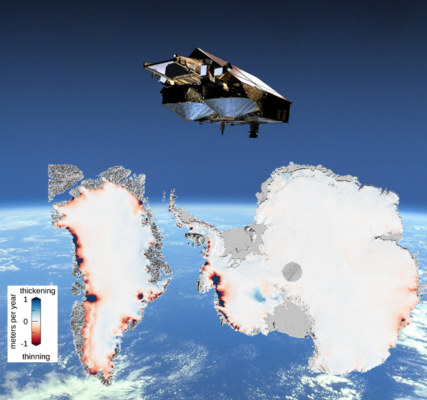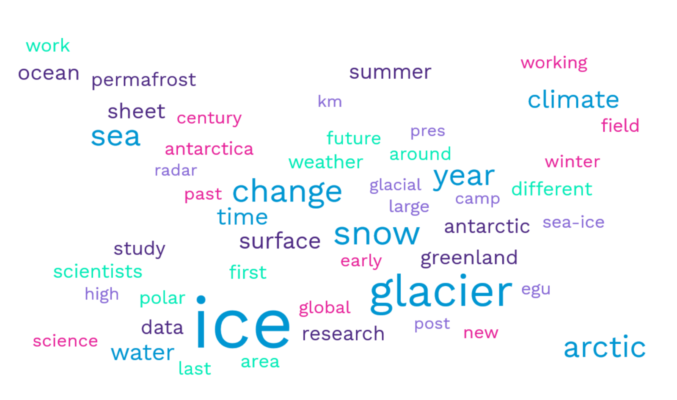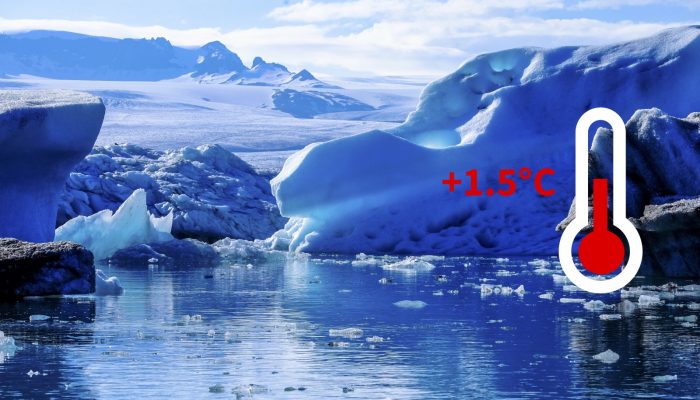Does measuring the surface of the ice sheets provide more than superficial knowledge of their current status? Read further to find out why the answer is definitely yes! Measuring surface elevation changes actually tells us where Greenland and Antarctica are thinning or thickening and how much they contribute to sea level rise. Scientists have been doing this for the past three decades, so keep on ...[Read More]
End-of-the-year special: this year’s Cryoblog
So this is the last post in 2022 for our blog. We have decided that this time, the topic will not be another exciting story about the science of ice and cold in their various forms. This time we are talking about the blog itself, so a kind of meta-post to take stock and understand a little better how our blog works, what it is about, and who our main authors are. To this purpose, we asked all the ...[Read More]
The softness of ice, how we measure it, and why it matters for sea level rise
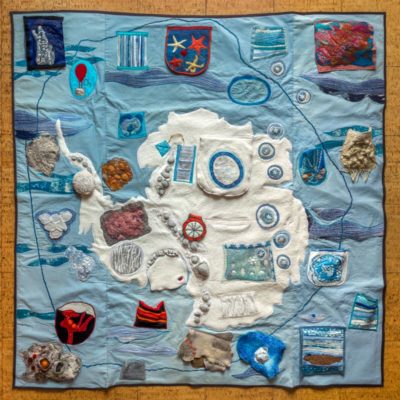
One of the first things school children learn is that ice is a solid, and forms by freezing water. Most people think of ice as brittle–have you ever dropped a slippery ice cube on the kitchen floor, and watch it break and shatter into many pieces? It may be surprising, then, to find that ice can also stretch and squeeze, like a ball of pizza dough! Once deformed, ice is then softer in certai ...[Read More]
Did you know… that you can read the edge of Greenland’s ice as an open book?
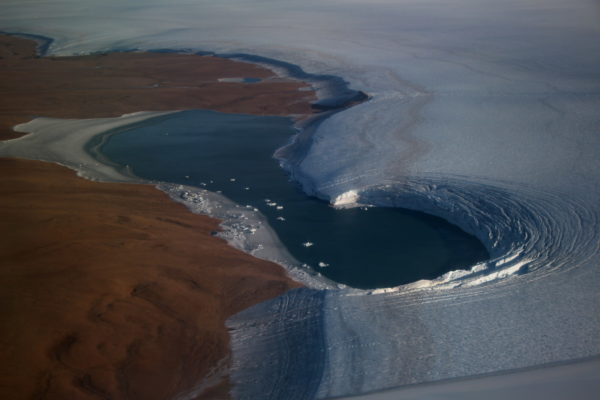
Scientists struggle to get ice samples from the depths of glaciers where fundamental pieces of information about the climate of Earth are stored. But in many places around the periphery of the Greenland Ice Sheet, you don’t need to drill a deep ice core to obtain ancient ice, you can simply walk across the ice sheet’s margin and look at the layered ice surface. There you can read the ice as though ...[Read More]
Image of the Week – Ice-Spy: the launch of ICESat-2
On September 15th, 2018, at 18:02 local time, NASA launched its newest satellite – the second generation Ice, Cloud and land Elevation Satellite (ICESat-2). ICESat-2 only contains one instrument – a space laser that fires 10,000 pulses per second to Earth to measure elevation. Its primary purpose is for monitoring the ever changing cryosphere, so naturally there are plenty of ice enthusiasts ...[Read More]
Ice-hot news: The cryosphere and the 1.5°C target
Every year again, the Conference of Parties takes place, an event where politicians and activists from all over the world meet for two weeks to discuss further actions concerning climate change. In the context the COP24, which started this Monday in Katowice (Poland), let’s revisit an important decision made three years ago, during the COP21 in Paris, and its consequences for the state of the cryo ...[Read More]
Image of the Week – Karthaus Summer School 2018
Nearly every year since the late 90s, during the summer, the picturesque Karthaus has hosted 10-day glaciology course. This school is a platform for glaciologists to explore, learn and expand their knowledge base. This helps researchers become multi-faceted: to view glaciology from the perspective of those specializing in other backgrounds such as hydrology, geomorphology, oceanography, etc. which ...[Read More]
Image of the Week – Microbes have a crush on glacier erosion
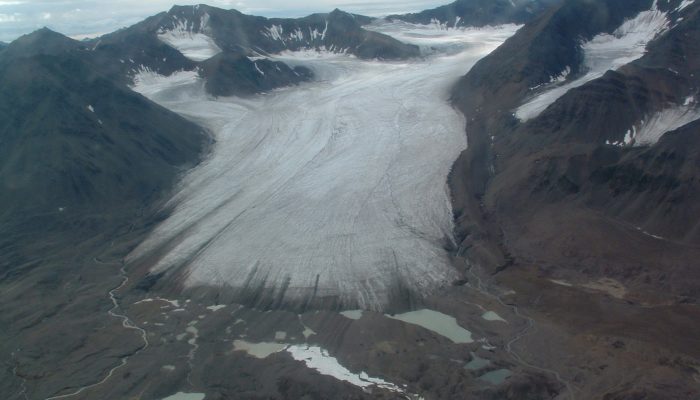
Glacier erosion happens at the interface between ice and the ground beneath. Rocks are ground down to dust and landscapes shaped by the flowing ice. While these might be hotspots for erosion, the dark and nutrient-poor sites are unlikely environments for biological activity. However, experiments suggest there may be novel sources of energy powering subglacial microbial life… Where there is water, ...[Read More]
Image of the Week – Arctic changes in a warming climate
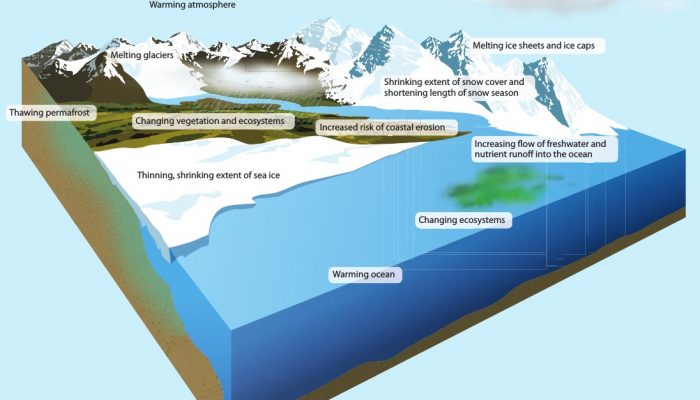
The Arctic is changing rapidly and nothing indicates a slowdown of these changes in the current context. The Snow, Water, Ice and Permafrost in the Arctic (SWIPA) report published by the Arctic Monitoring and Assessment Program (AMAP) describes the present situation and the future evolution of the Arctic, the local and global implications, and mitigation and adaptation measures. The report is base ...[Read More]
Image of the Week – Karthaus Summer School 2017
Glaciologists often undertake fieldwork in remote and difficult to access locations, which perhaps explains why they happily travel to similar locations to attend meetings and workshops. The Karthaus Summer School, which focuses on Ice Sheets and Glaciers in the Climate System, is no exception. The idyllic village of Karthaus, located in the narrow Schnalstal valley in Südtirol (Italy), has been h ...[Read More]

